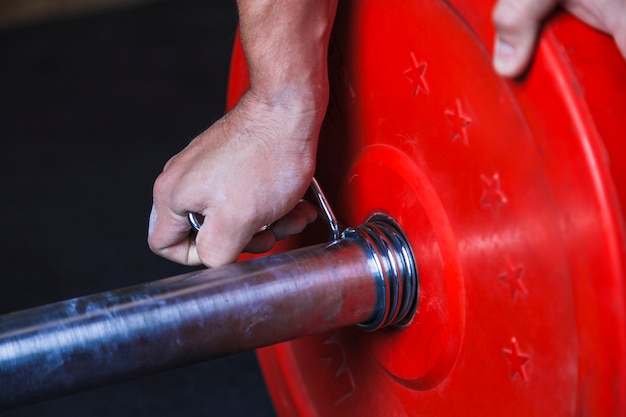If you're a man managing hypertension, improving your core stability isn’t just about looking better—it’s about living healthier, moving with more confidence, and reducing strain on your cardiovascular system. A strong core supports posture, balance, and overall functional movement, which is especially important when blood pressure control is a priority.
This 7-day core stability plan is designed specifically with hypertension in mind. It emphasizes low-impact, controlled movements that enhance core strength without spiking blood pressure. The focus is on consistency, safety, and measurable progress—so you can start fast, stay on track, and see real results every week.
Your core includes more than just abs—it’s a network of muscles in your abdomen, lower back, pelvis, and hips. These muscles work together to stabilize your body during everyday movements. Poor core strength can lead to poor posture, lower back pain, and inefficient movement patterns, all of which may indirectly affect blood pressure through increased physical stress.
Research shows that regular, moderate physical activity helps manage hypertension by improving vascular function and reducing sympathetic nervous system activity. Controlled core exercises, when performed correctly, contribute to this benefit without the risks associated with heavy lifting or intense exertion.

This plan avoids high-intensity or breath-holding movements (like Valsalva maneuvers), which can dangerously elevate blood pressure. Instead, it uses isometric holds, slow transitions, and diaphragmatic breathing to build endurance and control.
Focus: Learn proper breathing and engage your transverse abdominis.
Focus: Activate core while maintaining neutral spine.
Light walking (10–15 minutes) and gentle stretching. Focus on hip flexors, hamstrings, and lower back. Avoid static holds longer than 30 seconds.
Take a full rest day. Use this time to reflect on how your body felt during the week. Did you notice better posture? Less lower back discomfort? Improved breathing control?

Consistency is key. Use these simple metrics to track improvement:
After completing the first 7 days, repeat the plan weekly, gradually increasing hold times or repetitions by 10–15%. Aim to perform core exercises 3–4 times per week as part of a balanced routine that includes walking, flexibility work, and stress management.
Core stability isn’t built overnight—but with this sustainable, hypertension-friendly approach, you’re setting the foundation for long-term health, resilience, and confidence.

Health

Health

Health

Health

Fitness

Fitness

Fitness

Fitness

Health

Health

Fitness

Fitness

Health

Fitness

Health

Health